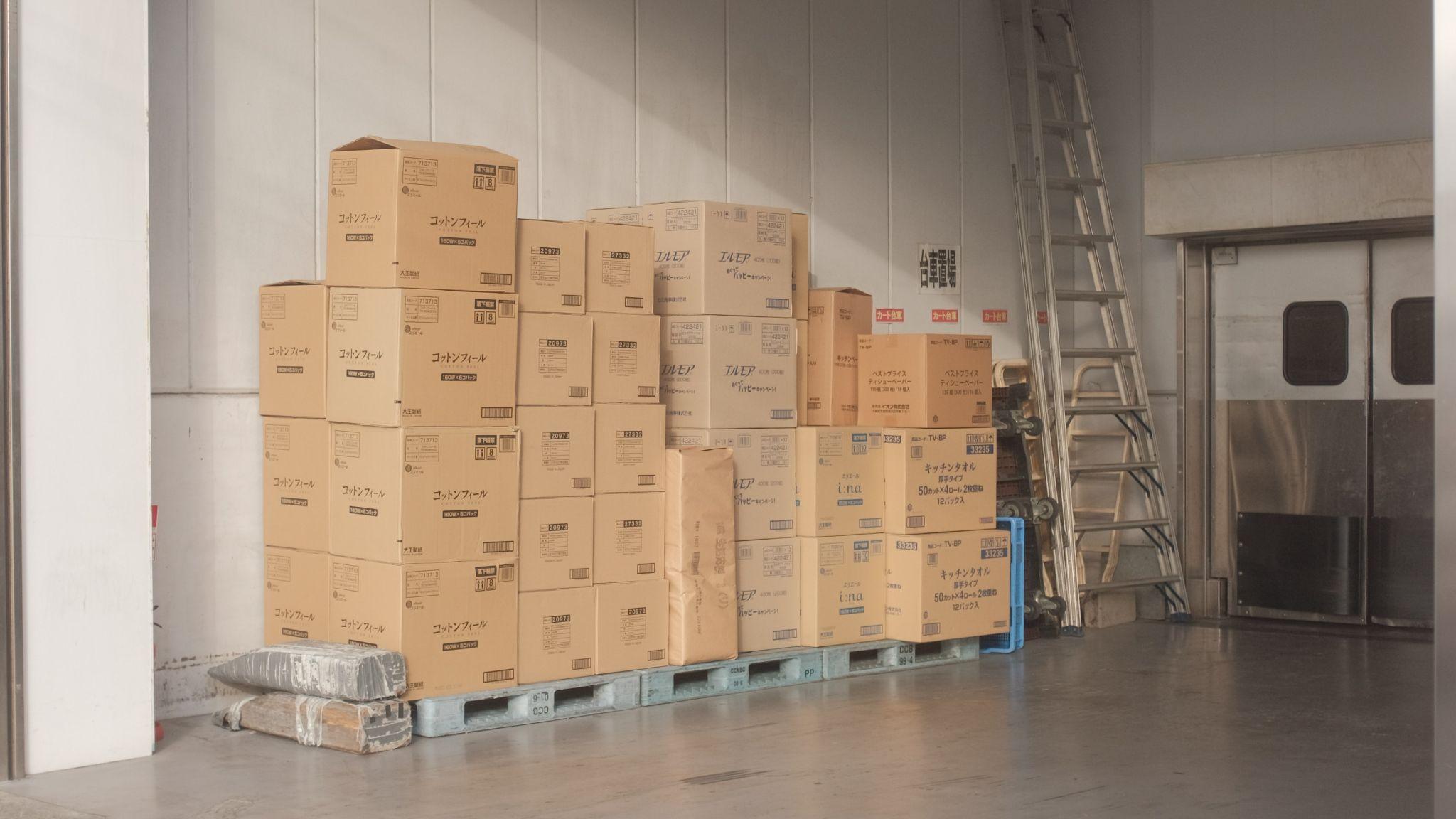How to pack furniture into a Storage Unit in Melbourne

Moving furniture can be a daunting task, especially when you are running out of space at home. Whether you're downsizing your living quarters or just need some extra breathing room in your current space, a storage unit can offer the perfect solution. However, packing furniture into a storage unit is not as simple as throwing everything in and hoping for the best. With careful planning and preparation, you can ensure that all your belongings are safely stored away until you need them again. In this guide, we'll show you how to pack furniture into a storage unit like a pro!
Before you begin
Preparing for a move is crucial to ensure that everything goes smoothly. When it comes to packing furniture into a storage unit, there are some important things you need to consider before you start.
Firstly, make sure that the storage unit is the right size for your furniture. Measure your furniture and compare it with the dimensions of the unit. You don't want to rent a space only to realize later that your couch doesn't fit!
Secondly, create an inventory list of all the items you plan on storing in the unit. This will help you keep track of what's inside and make it easier when it comes time to retrieve your belongings.
Thirdly, take photos of any valuable or fragile items so that you have documentation in case anything gets damaged during transit or while in storage.
Think about how long you'll be storing your furniture and choose a climate-controlled unit if necessary. Extreme temperatures can cause damage to certain materials like wood or leather over time.
By taking these steps before you begin packing up your furniture, you'll be well-prepared for a successful move!
Packing materials you'll need
When it comes to packing furniture for a storage unit, having the right materials is key to keeping your items safe and secure. Here are some of the packing materials you'll need:
-
Moving blankets or furniture pads - These will protect your furniture from scratches and dings during transport.
-
Bubble wrap or foam sheets - Use these to cushion fragile items like glass tabletops or mirrors.
-
Packing tape and scissors - You'll need plenty of tape to seal up boxes and secure padding around your furniture.
-
Plastic covers - Protect sofas, chairs, and mattresses from dust and moisture with plastic covers made specifically for moving.
-
Furniture sliders - These small disks make it easier to move heavy pieces of furniture without damaging floors or carpets.
Make sure you have enough supplies on hand before you start packing up your belongings! It's better to have too much than not enough when it comes to protecting your valuable possessions.
How to pack different types of furniture
When it comes to packing furniture for storage, different types of furniture require different methods. Here are some tips on how to pack various types of furniture:
1. Chairs: Take the legs off and store them with the chair seat in a plastic bag. Wrap any cushions or padding in plastic wrap.
2. Couches and Sofas: First, remove any detachable parts such as cushions or pillows. Then cover the couch with a moving blanket or sheet before wrapping it entirely in plastic wrap.
3. Tables: Disassemble tables if possible; otherwise, protect table corners from scratches by covering them with foam padding or bubble wrap.
4. Beds: Break down beds into their individual pieces, including headboards and footboards, then wrap each piece separately in moving blankets before securing everything together using ropes.
5. Dressers and Cabinets: Empty drawers completely before removing them from dressers or cabinets for easier transport; then cover surfaces with protective materials like blankets or sheets to avoid scratches during transit.
Remember that proper packing is key to ensuring your furniture stays safe during transport and storage!
Tips for a successful move
Moving furniture into a storage unit can be overwhelming, but with the right tips and tricks in place, you can have a successful move without breaking your back or damaging your belongings. Here are some helpful tips for moving your furniture into a storage unit in Melbourne.
Firstly, make sure to disassemble any larger pieces of furniture such as beds or wardrobes before attempting to move them. This will not only make it easier to transport but also protect them from damage during transit.
Secondly, label every box and piece of furniture clearly to avoid confusion when unloading everything at the storage unit. This will save you time and energy when trying to locate specific items later on.
Thirdly, invest in high-quality packing materials such as bubble wrap and packing tape to ensure that all fragile items are properly protected. It's better to spend more money on these materials than risk losing valuable items due to poor packaging.
Fourthly, plan ahead by measuring the dimensions of both your furniture and the storage unit space. Having this information beforehand will help determine what size storage unit you need and how best to fit everything inside it.
Enlist the help of friends or family members when moving heavy objects like couches or dressers. Having an extra set of hands (or two) can make all the difference!
By following these simple tips you can easily store and move with these units. With effective packing you can also save costs by storing your goods into mini mobile storage units in Melbourne.
Conclusion
Packing furniture into a storage unit can be a daunting task but with the right materials and techniques, it doesn't have to be. By following these tips and tricks, you'll ensure that your furniture is well protected during transport and storage.
Remember to take your time when packing each piece of furniture, making sure to wrap it thoroughly in protective covering before placing it in the unit. Don't forget to label any boxes or items for easy access later on.
By properly preparing your furniture for storage and taking care when loading the unit itself, you can rest assured that everything will remain safe and secure until you need it again. Happy packing!


















